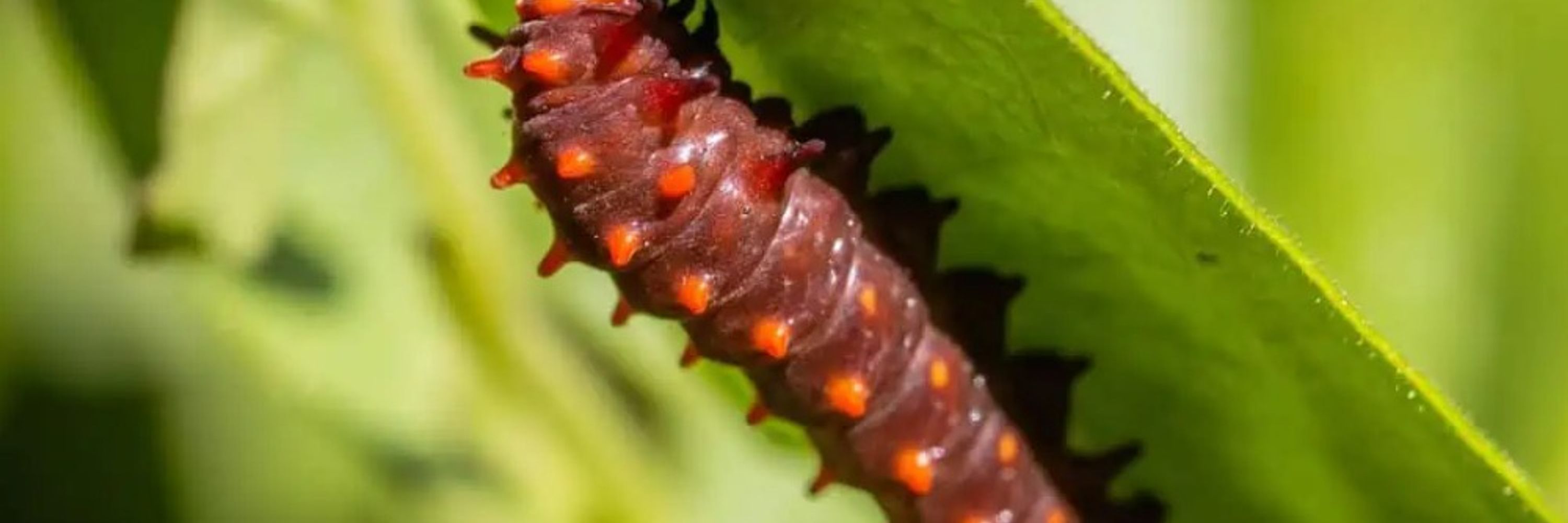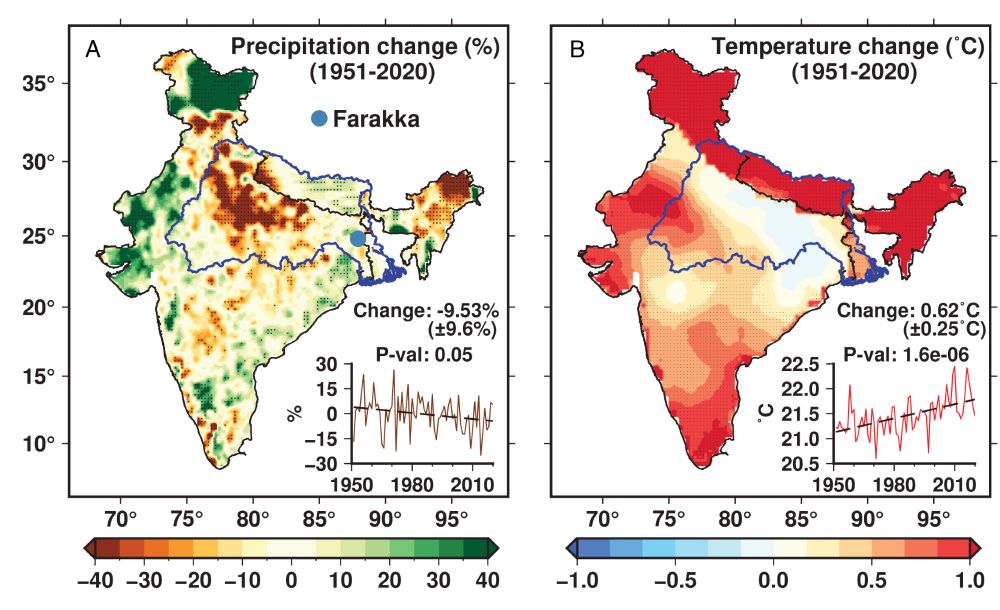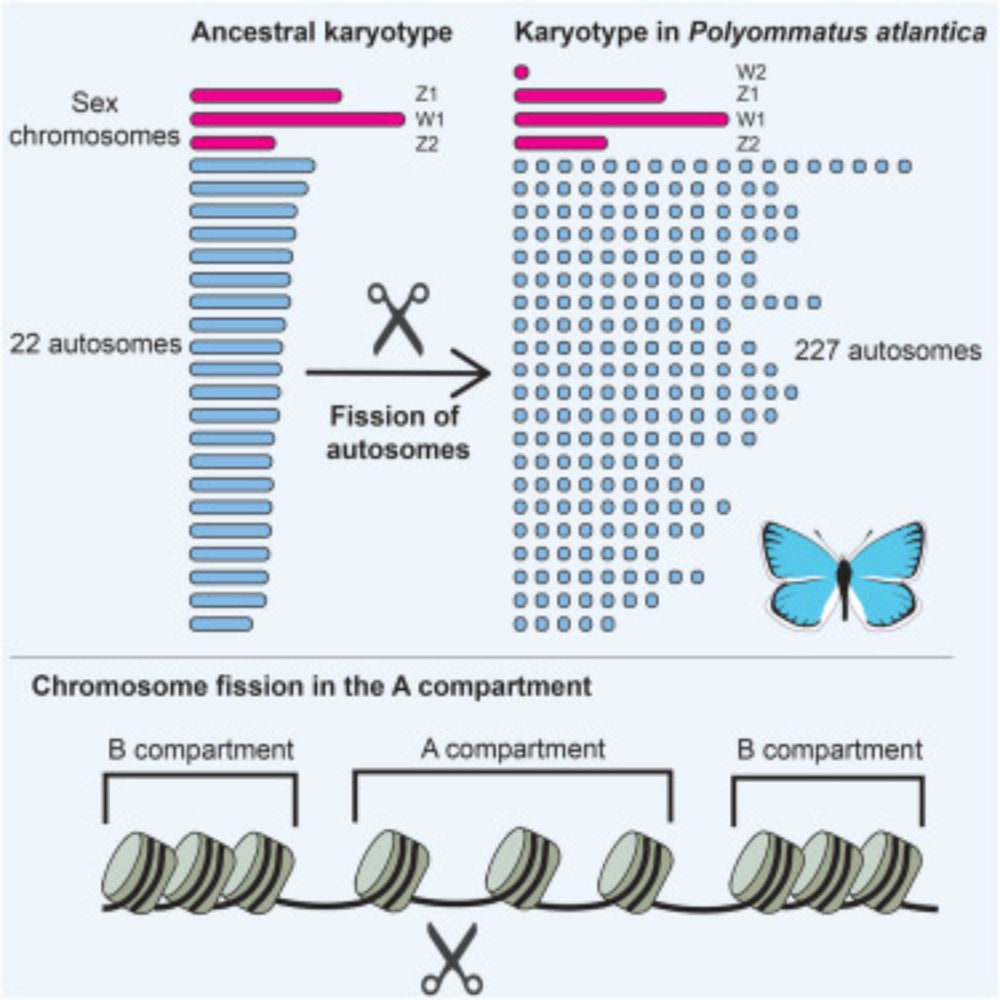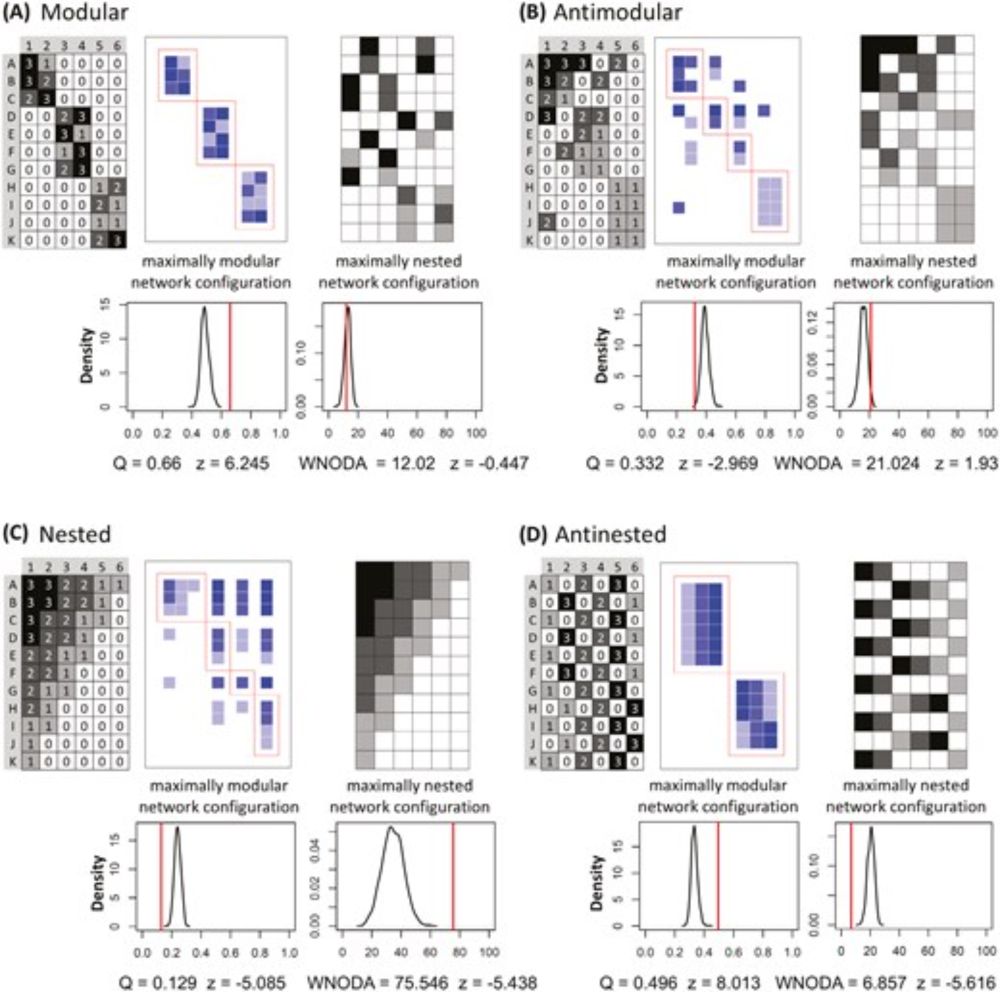Samridhi Chaturvedi
@samridhi.bsky.social
570 followers
440 following
58 posts
Evolutionary genomics 🧬, Molecular ecology, 🦋🦋🦋 biology, Assistant Professor, EEB, Tulane University
https://chaturvedi-lab.wp.tulane.edu/
Posts
Media
Videos
Starter Packs
Reposted by Samridhi Chaturvedi
Reposted by Samridhi Chaturvedi
Reposted by Samridhi Chaturvedi
Reposted by Samridhi Chaturvedi
Reposted by Samridhi Chaturvedi
Reposted by Samridhi Chaturvedi
Reposted by Samridhi Chaturvedi
Reposted by Samridhi Chaturvedi
Reposted by Samridhi Chaturvedi
Alex Gunderson
@agunderson.bsky.social
· Sep 11

High temperatures amplify aggressiveness of an invasive lizard toward a native congener
Invasive species cause major disturbances to endemic wildlife and often displace native species. Behavioral aggression can contribute to invasive spec…
www.sciencedirect.com
Reposted by Samridhi Chaturvedi
Reposted by Samridhi Chaturvedi
Reposted by Samridhi Chaturvedi
Reposted by Samridhi Chaturvedi
Reposted by Samridhi Chaturvedi
Jonathan Losos
@jblosos.bsky.social
· Aug 24

New Orleans’ Brown Anoles Can Tolerate Extraordinary Amounts of Lead in Their Blood
Tulane University reports: Lead-resistant lizards in New Orleans could hold clues to combating lead poisoning August 20, 2025 9:00 AM Stacey Plaisance [email protected] Tulane researchers found…
www.anoleannals.org
Reposted by Samridhi Chaturvedi
Reposted by Samridhi Chaturvedi
Joaquin Nunez
@jcbnunez.bsky.social
· Aug 19
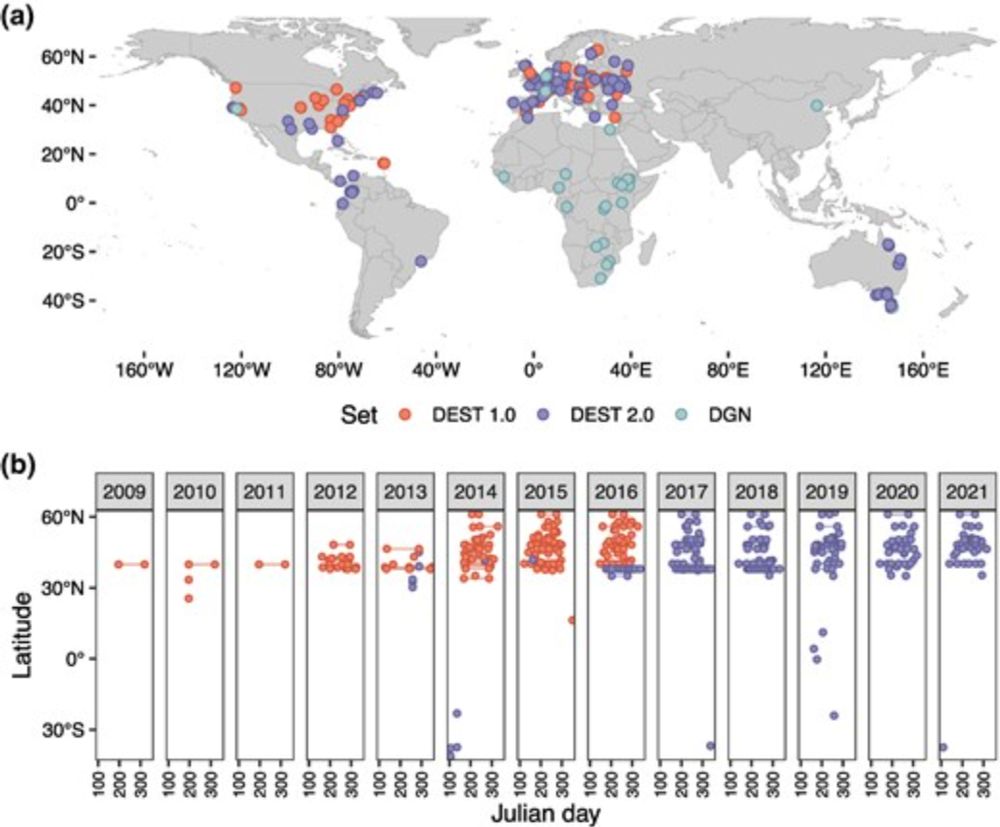
Footprints of Worldwide Adaptation in Structured Populations of Drosophila melanogaster Through the Expanded DEST 2.0 Genomic Resource
Abstract. Large-scale genomic resources can place genetic variation into an ecologically informed context. To advance our understanding of the population g
doi.org
Reposted by Samridhi Chaturvedi
